A good lens is essential to get an amazing photo. It does not matter how great a photographer you are, there is only so much that you can do with bad gear. If you’re looking at architectural photography, then remember to get the proper lens that allows you to fit into some tight corners to capture as much of the subject matter as possible in one shot.
One of the most important parts of shooting architecture photography is your lens choice. In this post, I will show you the best lenses for architecture photography. Generally, you need three main types of lenses in your bag:
-
A wide-angle lens
A wide-angle lens is usually a lens with a focal length in the 16-35mm range on a full-frame camera, allowing you to capture those gorgeous wide shots of a building in its environment.
Further reading
Best Wide Angle Lens for Canon
What Is The Best Wide Angle Lens for Nikon?
-
A standard zoom lens
This is a lens with a focal length in the 24-105mm range, allowing you to get in close and capture those details, which others may miss.
This is a slightly more advanced lens but a tilt-shift lens will really separate your work from others around you. Tilt-shift lenses are invaluable when it comes to architectural and interior photography. The ability to adjust the composition, framing and field of view without tilting the camera up or down (which would induce skewed vertical lines) is the largest benefit of tilt-shift lenses.
Further reading
How to Use Tilt Shift Lens? – Your Ultimate Guide
What Is the Tilt Shift Lens – Your Ultimate Guide

A- Best Wide-angle Lens for Architectural Photography
1-1 Canon EF 16-35mm f/2.8L III USM
The EF 16-35mm f/4L IS USM is a Canon L-series lens distinguished by its constant f/4 maximum aperture, sophisticated optical design, and use of image stabilization to realize sharp imagery. Two ultra-low dispersion elements are used to greatly reduce color fringing and chromatic aberrations throughout the zoom range for high clarity and color accuracy, and a Super Spectra coating has also been applied to suppress flare and ghosting for improved contrast.
Three aspherical elements are also featured and help to control distortion and minimize spherical aberrations for improved sharpness.
Specification
- Lens Mount Canon EF
- Lens Format Coverage Full-Frame
- The angle of View 108° 10′ to 63°
- Focus Type Autofocus
- Image Stabilization Yes
- Filter Size 77 mm (Front)
- Weight 35 lb / 615 g
1-2 Nikon NIKKOR AF-S 16-35mm f/4G ED VR
the AF-S NIKKOR 16-35mm f/4G ED VR from Nikon is a flexible zoom ideal for landscape, cityscape, and interior photography. Its constant f/4 maximum aperture maintains consistent illumination throughout the zoom range and suits working in a variety of lighting conditions. The optical design contains three aspherical elements and two extra-low dispersion elements, which greatly reduce distortion and aberrations for a high degree of sharpness, clarity, and accurate rendering.
A Nano Crystal Coat has also been applied to control flare and ghosting for greater contrast and color accuracy in harsh lighting and backlit conditions. Additionally, this lens also sports a Silent Wave Motor for fast and accurate autofocus along with VR II image stabilization to minimize the appearance of camera shake by 2.5 stops.
Specification
- Lens Mount Nikon F
- Lens Format Coverage Full-Frame
- The angle of View 107° to 63°
- Optical Design 17 Elements in 12 Groups
- Focus Type Autofocus
- Image Stabilization Yes
- Filter Size 77 mm (Front)
- Weight 5 lb / 680 g
1-3 Tokina AT-X 16-28mm f2.8

1-3-1 Tokina AT-X 16-28mm f2.8 PRO for Nikon AF Mount
The Nikon F-mount Tokina opera 16-28mm f/2.8 FF is a flexible wide-angle zoom well suited to landscape, architectural, and astrophotography applications.
The f/2.8 constant maximum aperture pairs with the broad field of view range to realize an ideal lens for working in available light conditions and for using shallow depth of field techniques.
The optical design incorporates aspherical and low-dispersion glass elements, which help to control distortion and color fringing throughout the zoom range to produce sharp, clear, and color-accurate imagery.
Complementing the optical design is a sophisticated focusing system, which uses a DC motor, Silent Drive module, GMR magnetic sensor, and an internal focusing design to provide especially quiet and quick focusing performance to suit stills and video needs.
Specification
- Lens Mount Nikon F
- Lens Format Coverage Full-Frame
- The angle of View 1° to 76.87°
- Focus Type Autofocus
- Image Stabilization No
- Filter Size None
- Weight 16 oz / 940 g
1-3-2 Tokina AT-X 16-28mm f2.8 PRO for Canon
Specification
- Lens Mount Canon EF
- Lens Format Coverage Full-Frame
- The angle of View 1° to 76.87°
- Focus Type Autofocus
- Image Stabilization No
- Filter Size None
- Weight 51 oz / 950 g
1-4 Tamron 15-30mm f2.8 DI VC USD
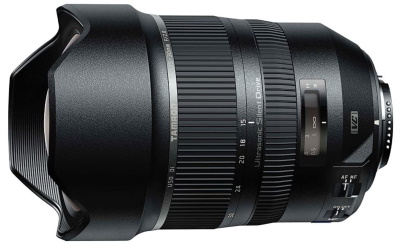
1-4-1 Tamron 15-30mm f2.8 DI VC USD for Nikon FX Mount
The Nikon F-mount SP 15-30mm f/2.8 Di VC USD G2 from Tamron enhances this wide zoom with sophisticated optics, focusing, and image stabilization. Helping to realize sharp, clear imagery, the optical design incorporates aspherical and low dispersion glass elements to reduce both spherical and chromatic aberrations throughout the zoom range.
A trio of coatings—AX, eBAND, and BBAR—have also been applied to suppress lens flare and ghosting for improved contrast and color rendering when working in bright and backlit conditions.
Specification
- Lens Mount Nikon F
- Lens Format Coverage Full-Frame
- The angle of View 110° 32′ to 71° 35′
- Focus Type Autofocus
- Image Stabilization Yes
- Filter Size None
- Weight 42 lb / 1100 g
1-4-2 Tamron 15-30mm f2.8 DI VC USD for Canon
Specification
- Lens Mount Canon EF
- Lens Format Coverage Full-Frame
- The angle of View 110° 32′ to 71° 35′
- Focus Type Autofocus
- Image Stabilization Yes
- Filter Size Gel Filter (Rear)
- Weight 44 lb / 1110

B- Best Zoom Lens for Architectural Photography
2-1 Canon EF 24-70mm f2.8L ii USM
The EF 24-70mm f/2.8L II USM is a Canon L-series zoom commonly thought of as the workhorse of lenses. Ranging from wide-angle to portrait-length, this lens is also distinguished by its constant f/2.8 maximum aperture to benefit working in difficult lighting conditions and to afford greater control over depth of field.
The lens is also characterized by its sophisticated optical design, which includes one Super UD element, and two UD elements, which reduce color fringing and chromatic aberrations in order to realize a high degree of color accuracy and clarity.
Three aspherical elements are also featured and minimize distortion and spherical aberrations for improved sharpness. Additionally, a Super Spectra coating has been applied to individual elements to control flare and ghosting for high contrast and neutral color fidelity.
Specification
- Lens Mount Canon EF
- Lens Format Coverage Full-Frame
- The angle of View 84° to 34°
- Focus Type Autofocus
- Image Stabilization No
- Filter Size 82 mm (Front)
- Weight 77 lb / 805 g
2-2 Nikon AF-S NIKKOR 24-70mm f2.8E ED VR
Nikon’s AF-S NIKKOR 24-70mm f/2.8E ED VR Lens is a truly versatile wide-angle to short telephoto lens characterized by its constant f/2.8 maximum aperture and electromagnetic aperture mechanism. A revised optical design incorporates a unique aspherical extra-low dispersion element, in addition to three aspherical, two extra-low dispersion, and one high refractive index element, to help reduce chromatic aberrations and distortions throughout the zoom range to achieve high image sharpness and clarity. The Nano Crystal and Super Integrated Coatings further benefit image quality by reducing lens flare for improved contrast and color accuracy and fluorine coatings on the front and rear elements protect against dust, moisture, and smudging.
Specification
- Lens Mount Nikon F
- Lens Format Coverage Full-Frame
- The angle of View 84° to 34° 20′
- Focus Type Autofocus
- Image Stabilization Yes
- Filter Size 82 mm (Front)
- Weight 35 lb / 1070 g
2-3 Tamron SP 24-70mm f2.8 Di VC USD G2
2-3-1 Tamron SP 24-70mm f2.8 Di VC USD G2 for Nikon
the Tamron SP 24-70mm f/2.8 Di VC USD G2 for Nikon is a revised fast standard zoom covering a versatile wide-angle to portrait-length range. A sophisticated optical design with two extra refractive elements, three low dispersion elements, three glass-molded aspherical elements, and one hybrid aspherical element helps to suppress aberrations and distortion throughout the zoom range.
While eBAND and BBAR coatings have been applied to individual elements to control lens flare and ghosting for improved contrast and color fidelity. Balancing its optical attributes, this lens also utilizes a USM autofocus motor to deliver notably quick, quiet, and precise focusing performance that suits both stills and video applications.
In addition, 5-stop-effective Vibration Compensation helps to minimize the appearance of camera shake for sharper handheld shooting in difficult lighting conditions. Additionally, the lens is moisture-resistant and has a fluorine coating on the front element to enable its use in trying environmental conditions.
Specification
- Lens Mount Nikon F
- Lens Format Coverage Full-Frame
- The angle of View 84° 4′ to 34° 21′
- Focus Type Autofocus
- Image Stabilization Yes
- Filter Size 82 mm (Front)
- Weight 98 lb / 898.7 g
2-1-2 Tamron SP 24-70mm f2.8 Di VC USD G2 for Canon
Specification
- Lens Mount Canon EF
- Lens Format Coverage Full-Frame
- The angle of View 84° 4′ to 34° 21′
- Focus Type Autofocus
- Image Stabilization Yes
- Filter Size 82 mm (Front)
- Weight 99 lb / 904.3 g
2-4 Sigma 24-70mm f2.8 DG OS HSM
2-4-1 Sigma 24-70mm f2.8 DG OS HSM- for Nikon
The Nikon F-mount 24-70mm f/2.8 DG OS HSM Lens from Sigma covers a useful wide-angle to portrait-length range of focal lengths to suit shooting in a variety of environments.
As part of the esteemed Art series of lenses, a sophisticated optical design is used that incorporates three SLD elements and four aspherical elements to reduce chromatic and spherical aberrations, as well as color fringing, distortions, and other anomalies for greater clarity and sharpness.
A Super Multi-Layer Coating has also been applied to suppress lens flare and ghosting for accurate color fidelity and high contrast, and a protective coating has been applied to the front element, too, to benefit working in harsh climates. Additionally, extending its versatility, a constant f/2.8 maximum aperture affords consistent performance throughout the zoom range as well as greater control over depth of field.
Specification
- Lens Mount Nikon F
- Lens Format Coverage Full-Frame
- The angle of View 1° to 34.3°
- Macro Reproduction Ratio 1:4.8
- Focus Type Autofocus
- Image Stabilization Yes
- Filter Size 82 mm (Front)
- Weight 24 lb / 1020 g
2-4-2 Sigma 24-70mm f2.8 DG OS HSM for Canon
Specification
- Lens Mount Canon EF
- Lens Format Coverage Full-Frame
- The angle of View 1° to 34.3°
- Macro Reproduction Ratio 1:4.8
- Focus Type Autofocus
- Image Stabilization Yes
- Filter Size 82 mm (Front)
- Weight 24 lb / 1020 g

C- Best Tilt-Shift Lens for Architectural Photography
3-1 Canon TS-E 24mm f/3.5L II lens
Balancing a versatile wide-angle field of view with an advanced perspective and focus control, the TS-E 24mm f/3.5L II is a Canon L-series tilt-shift lens well-suited to architecture, interior, and landscape photography.
Up to +/- 8.5° of tilt is possible, for focus control, and +/- 12mm of shift, to adjust perspective and composition. The tilt-shift mechanism can be rotated +/- 90° for applying movements in any direction, and a tilt-locking mechanism can be used while shooting for greater stability.
Complementing the operation of the lens, this L-series prime is also distinguished by its optical design that features four of Ultra-Low Dispersion elements to significantly reduce color fringing and chromatic aberrations as well as one aspherical element to minimize spherical aberrations and distortion.
Individual elements also feature a Subwavelength Coating to suppress flare and ghosting for greater contrast and color neutrality.
Specification
- Lens Mount Canon EF
- Lens Format Coverage Full-Frame
- The angle of View 84°
- Tilt-Shift +/- 8.5° Tilt
- +/- 12 mm Shift
- Maximum Magnification 34x
- Focus Type Manual Focus
- Image Stabilization No
- Filter Size 82 mm (Front)
- Weight 72 lb / 780 g
3-2 Canon TS-E 17mm f/4L lens
Presenting an ultra-wide field of view with an advanced perspective and focus control, the TS-E 17mm f/4L is a Canon L-series tilt-shift lens well-suited to architecture and interior photography.
Up to +/- 6.5° of tilt is possible, for focus control, and +/- 12mm of shift, to adjust perspective and composition. The tilt-shift mechanism can be rotated +/- 90° for applying movements in any direction, and a tilt-locking mechanism can be used while shooting for greater stability.
Also distinguished by its optical design that features four of Ultra-Low Dispersion elements to significantly reduce color fringing and chromatic aberrations as well as one aspherical element to minimize spherical aberrations and distortion.
Individual elements also feature a Subwavelength Coating to suppress flare and ghosting for greater contrast and color neutrality. Additionally, a floating optical system and a rear focus design help to maintain consistent image quality throughout the focusing range, from 9.8″ to infinity.
Specification
- Lens Mount Canon EF
- Lens Format Coverage Full-Frame
- The angle of View 104°
- Tilt-Shift +/- 6.5° Tilt
- +/- 12 mm Shift
- Maximum Magnification 14x
- Focus Type Manual Focus
- Image Stabilization No
- Filter Size None
- Weight 8 lb / 820 g
3-3 Nikon PC Nikkor 19mm f/4E ED
Featuring an ultra-wide design prized for architectural and interior subjects, the PC NIKKOR 19mm f/4E ED from Nikon allows you to impart both tilt and shift movements to control focus and perspective, as well as apply the movements independently for more creative flexibility.
Up to +/- 7.5° of tilt is possible, for focus control, and +/- 12mm of shift, to adjust perspective and composition, and tilt can be applied parallel or perpendicular to shift. Up to 90° of rotation is also possible using the PC Rotation capability, and shift movements do not require locking or unlocking for use.
Characterized by an expansive field of view that is ideal for photographing tight indoor spaces and complex architectural subjects, this lens also offers flexible perspective and focus control to adjust distortion and depth of field.
Specification
- Lens Mount Nikon F
- Lens Format Coverage Full-Frame
- The angle of View 97°
- Tilt-Shift +/- 12 mm Shift
- +/- 7.5° Tilt
- Focus Type Manual Focus
- Image Stabilization No
- Filter Size None
- Weight 95 lb / 885 g
Can’t afford a brand-new lens?
Sometimes, buying a new Lens can be very expensive for many people. However, Keh is a great option to get a used one at a reasonable price. Read the full review here.
Related posts
How To Use Tilt Shift Lens? – Your Ultimate Guide
What Is The Tilt Shift Lens – Your Ultimate Guide
Thanks for reading, I hope you enjoyed the article, in case you have any questions just drop them below & I will be happy to answer you.
All photos in this post are from Pixabay
If you enjoy the site, don’t forget to subscribe, we will only inform you when a new article is posted.





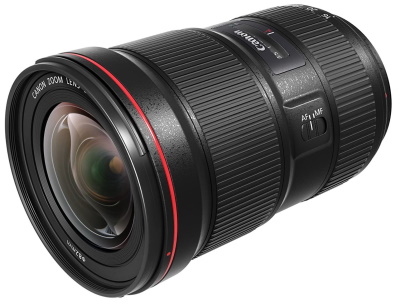
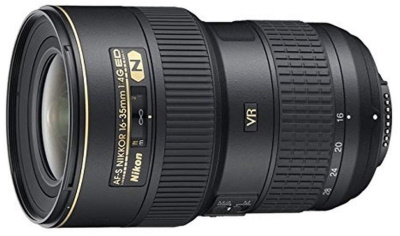
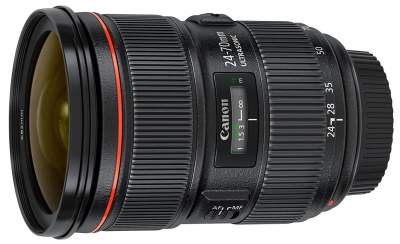

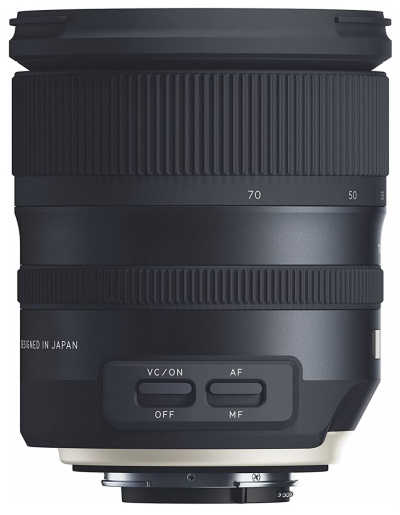
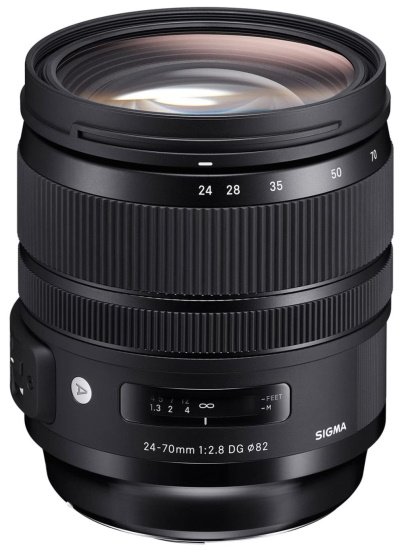
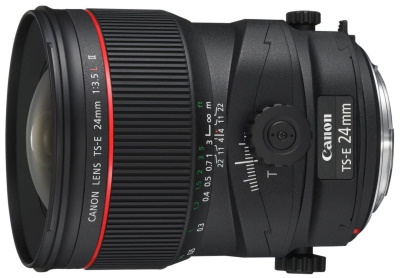
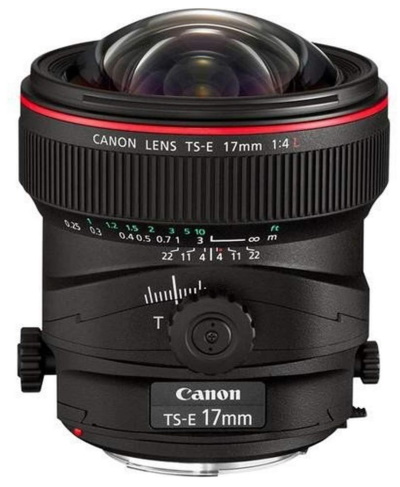
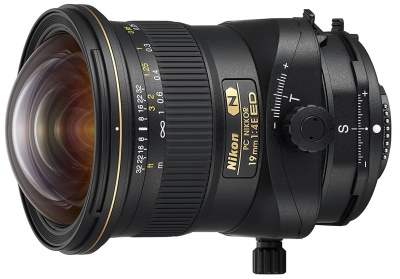


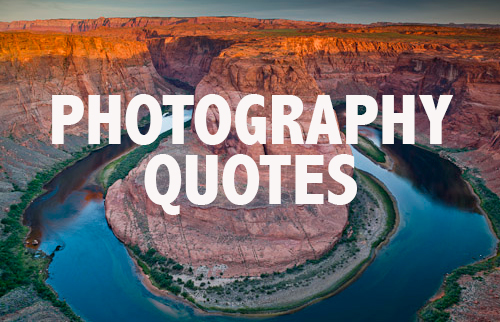

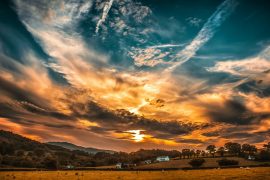
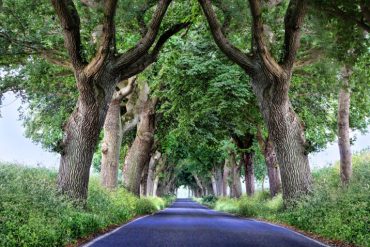
In every photography lens plays an important role. Would you like to share with me which lens should great for YOUTUBE photography?
Thanks
For YouTube photography, generally, the best lens should have a medium focal length somewhere in the 35mm-50mm range, and a wide aperture to allow more light to enter the camera. My recommended lens is Canon RF 28-70mm f/2L USM if you are a Canon user.
wow! i am a really interested in camera and i am also a youtuber. i have face many problem with my camera in the past because i was unable to get a good lenses for my video shooting. it looks like today you have showed me ome great information on camera but i have a question.
Can we use that for a video making?
Thanks for your comment, You may use the mentioned lenses in video shooting. I recommend reading the post “How To Shoot Video With DSLR Camera“, it may help you.
If you want to take exceptional photographs, then having a good camera is essential. This looks like a great list of lenses for architectural photography, but are they more intended for professional photographers, rather than the amateur?
Do you have a recommendation as to which lens would be the best for a beginner photographer? Thanks for sharing.
Hi LineCowley
Thanks for the comment, the lenses recommendations mentioned in the article are for both amateur and professional photographers.
My recommended lens for a beginner is Tokina AT-X 16-28mm f2.8 PRO for Nikon AF Mount or Tokina AT-X 16-28mm f2.8 PRO for Canon